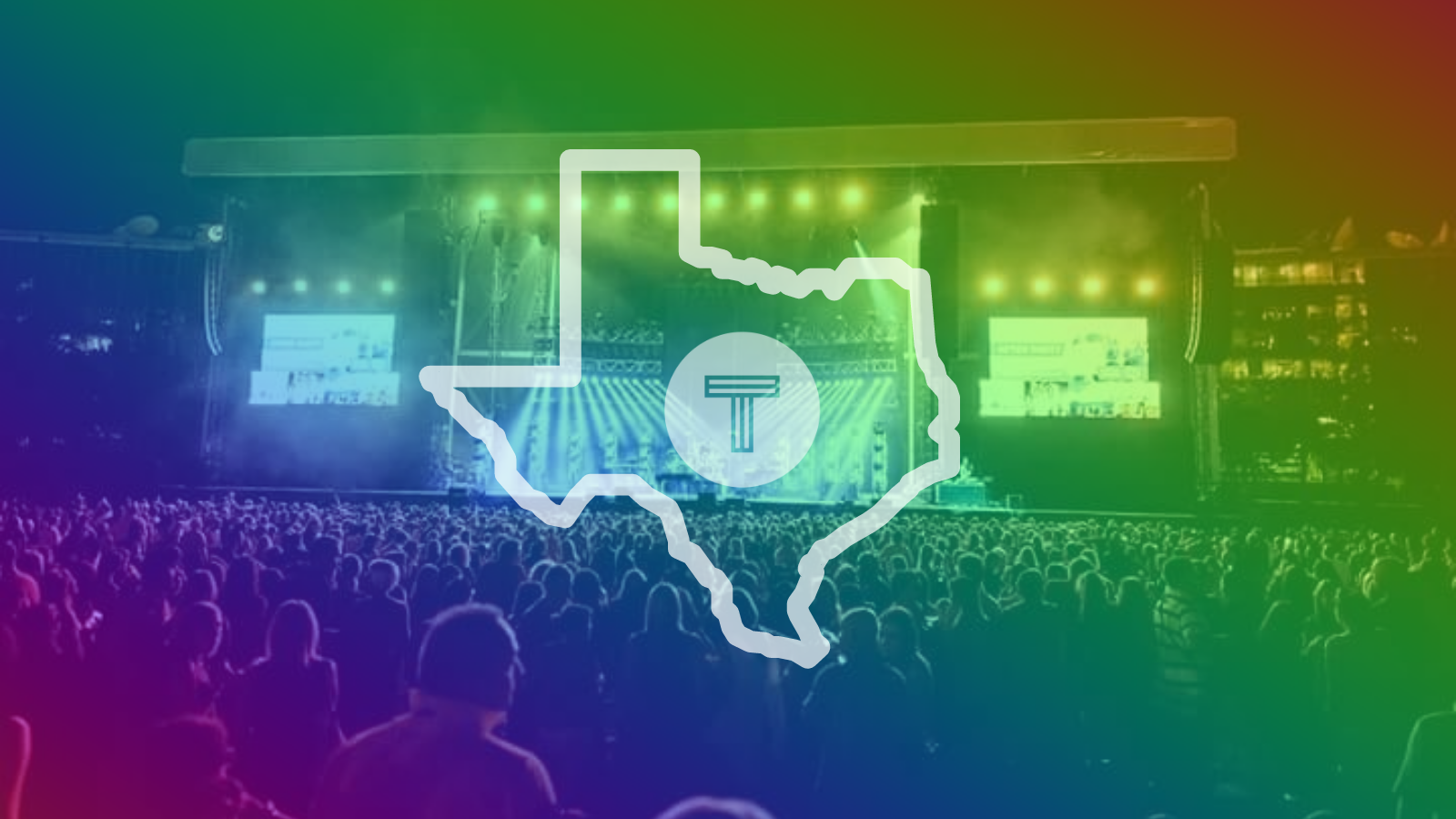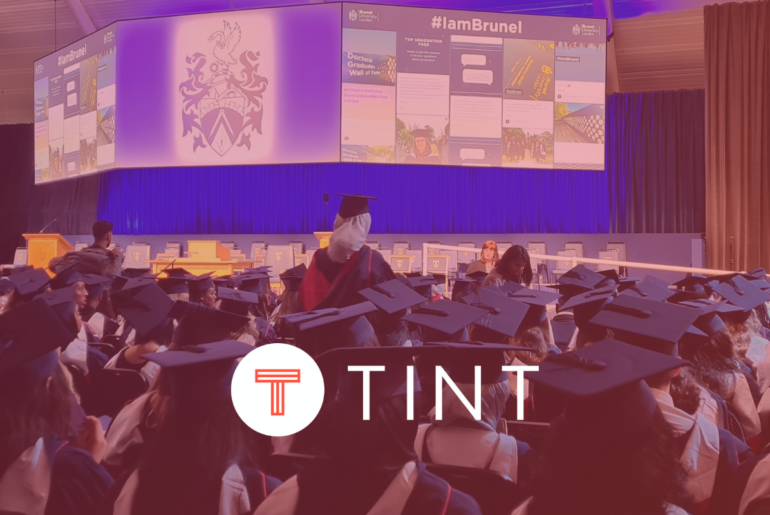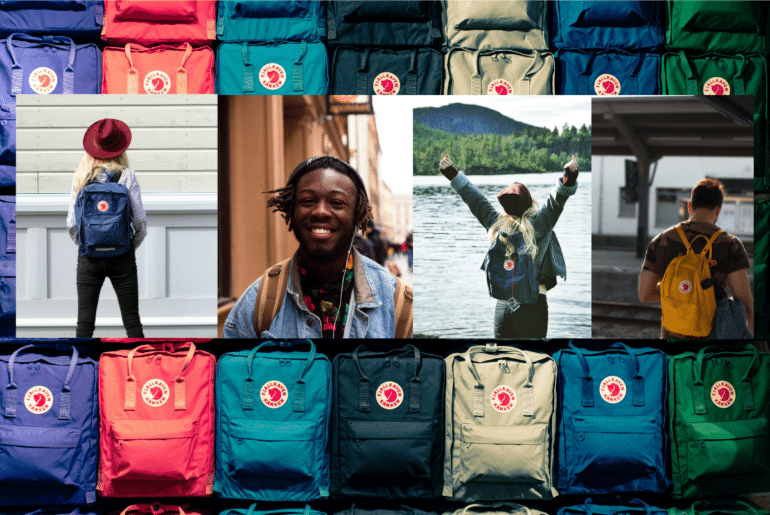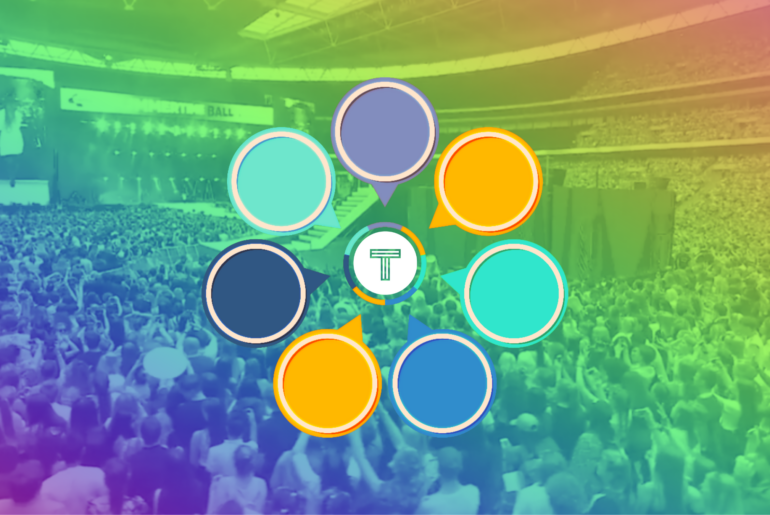Mid-November brought two things to San Antonio: slightly cooler weather and the Texas Festivals and Events Association annual conference (TFEA 2021). Event planners traveled from the farthest reaches of Texas to meet for the first time since the pandemic lockdowns. 300 people gathered to discuss, celebrate, and share about events.
These 300 event professionals create programming attended by millions, representing hundreds of millions of dollars in economic impact. The State Fair of Texas alone had over 2.2 million attendees in 2021. But even smaller events like the Edinburg Los Muertos Bailan Festival, Lubbock Arts Festival, and the Great Texas Mosquito Festival (Clute, TX) represent cultural touchstones in their communities in addition to being revenue generators for small businesses, large companies, and municipalities.
After almost two years of turmoil, event organizers of all stripes are preparing for 2022. The greater hospitality and tourism industry will likely take years to rebuild, but community-driven events will be the first to bounce back. The optimism shared by these event organizers was tempered with the knowledge that this would be a challenging climb.
Here are some takeaways from the 2021 Texas Festivals and Events Association Annual Conference.
Things Have Changed
Every represented Texas festival and event experienced similar challenges. COVID forced event organizers to think outside the box. Some organizations moved quickly to take their events virtual. Some postponed activations and bunkered down to weather the storm. Others turned their logistical expertise to help their communities keep people healthy, fed, and warm.
Many groups were faced with staffing changes, logistical challenges, and adapting to the “next normal” of producing events while working remotely.
Virtual and Hybrid Programming
A common thread in the conversation was the move to virtual and hybrid programming. People, stuck at home, were desperate for the annual events that they held dear. This created the opportunity for event organizations to experiment with creating digital content.
Concerts were live-streamed from home offices and back yards. Featured presentations were produced via zoom. The production standard ran the gamut from a simple ring-light with an iPhone to full studio lighting and HD cameras.
People were happy to reconnect with their favorite events however they could.
TINT helps organizations create engaging virtual events supercharged with social media. Learn more about TINT Experience Builder.
Things Have Stayed the Same
Despite all these changes, some things stay the same. It was reassuring to hear people commiserating and discussing the same challenges that have faced event organizers for years.
Sponsorship continues to be one of those challenges. Businesses have tightened budgets in the face of uncertain economic times. This has pushed many creative industries to chase the same “big money”. Businesses are also expecting more reporting and specific performance metrics than ever before. In a world where digital marketing can produce pages of measurements, traditional field activations are now challenged to compete on similar grounds.
Creative event organizers are turning to previously untapped sources. Rather than focus solely on several large sponsors, these professionals are looking to small donors, small businesses, donations-in-kind, and even planned giving to fund the future of their events. Not only has this created new revenue streams, but it also builds connections to the local community and creates event advocates that will organically support marketing and communication efforts.
People expect safety, from natural and manmade disasters
It would be impossible to host a festivals and events conference without discussing the two elephants in the room. COVID was the obvious conversation since it had impacted events for the past 18 months, but with the then-recent events of the Astroworld concert, safety from both natural and manmade occurrences were hot topics.
COVID and Future Event Planning
COVID has been the ultimate test of event professionals. It has forced the industry to adopt new standards, learn new technology, and increase costs across the board for everything from food and beverage to speakers. As more and more data indicate that COVID will likely be an ongoing, annual phenomenon, similar to the flu, events have begun to restart their engines in anticipation of a strong 2022.
Events that have returned have shared that their overall attendance is down, but those who do attend are spending record amounts.
With the increase in vaccinations, the availability of boosters, and the increasing ease to deploy health passports or testing systems, it is simply a matter of time before COVID protocols are just another check to make on an event planning list.
The Shadow of Astroworld and Travis Scott
The tragedy of the Astroworld Travis Scott concert was a stark reminder that COVID isn’t the only risk to be managed. After the concert disaster in Houston, countless people came forward to express opinions on what could have been done better. Rather than listening to random talking heads, the Texas Festivals and Events Association Conference had actual subject matter experts that were able to share legal and insurance perspectives on who was truly liable.
People, attendees, and performers alike have been away from events for almost two years. Many seem to have forgotten the social norms of behavior at large gatherings. With this in mind, two questions should always be asked by event organizers as they reflect on the events of the Travis Scott concert.
- Are you vetting the reputation, habits, and history of your performers?
- Do your safety plans include what to do if a crowd rushes the gates? If they rush the stage? If they become aggressive, belligerent, or otherwise unsafe?
Check On Your People
While organizers and attendees have been champing at the bit to return to events, organizations should take time to check on their volunteers, exhibitors, and staff.
People dealt with the pandemic in a variety of ways. Some took to baking sourdough breads, others binged garbage television, and even more adopted odd hobbies to pass the time.
For many people, events are how they mark the passage of the year. They know that a certain festival or conference always takes place on Labor Day. They plan their time off, vacation, and volunteerism around an event organization that they feel an affinity for
With the absence of events, many people suddenly found themselves without that support and community that is inherent in these groups. Before sending out solicitations for volunteers and staffing, event organizations should check on their people.
A lot can change in two years and events are inherently stressful. Make sure that your community of stakeholders is ready and prepared to be part of future activations. Be sure that there is a plan in place to ease people back into events, train them on new protocols and processes, and get them prepared for some of the new challenges that will face them.
Lean On Your Stakeholders for Social Proof
At the time of this writing, the COVID Delta variant is still wreaking havoc across North America while Omicron is starting to climb in prevalence. Though many are eager to get back to events, even more are still skittish about returning to large-scale gatherings.
This is an opportunity to lean on your stakeholders to provide proof that your, and other, events are safe and responsibly planned. Event organizers can yell until they’re blue in the face but people are always more willing to listen to a “real” person.
Have your volunteers and staff record messages explaining safety protocols and expressing their excitement about returning to the event. Get your vendors and exhibitors to share their wares while also sharing how they’re keeping their booths or popups sanitized. As attendees start to arrive, empower them to share their first steps into the event space on social media.
This collaborative, democratizing of social messaging may require a shift in communications strategy. But what you may lose in control, you’ll make up in connection and awareness.
Events are about bringing people together. Social media has the same goal. Use them in tandem to find success.
Look Towards the Future
The future is bright for Texas Festivals and Events. The Texas Event Management Institute runs concurrently with the TFEA conference and this year’s graduating class was the largest on record. A new cohort of event managers, planners, and logisticians left the conference prepared to create the next generation of events.
As the 2021 Texas Festivals and Events Association Conference drew to a close, the attendees returned to their homes with an even stronger hope for the future. They face a difficult road to bring back large-scale events, but with the help of their communities and technology, the road will be easier to traverse.
TINT empowers event organizations around the world to create engaging social experiences, deploy social walls, and use the authentic voice of their stakeholders to supercharge their marketing. See TINT in action today.




